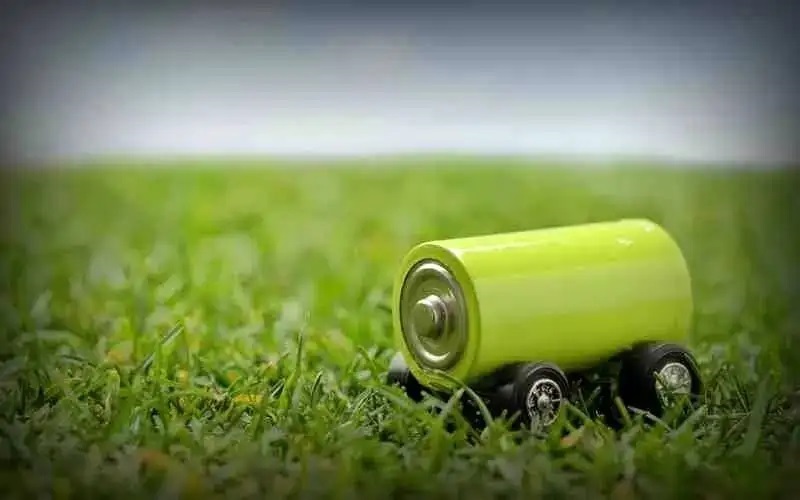
A battery consists of a positive electrode (cathode), a negative electrode (anode), and an electrolyte that reacts with each electrode. Lithium-ion batteries inevitably degrade with time and use. Almost every component is affected, including anodes, cathodes, electrolytes, separators, and current collectors.Now,What affects lithium ion battery life?
Factors Affecting Lithium Ion Battery Life
Extreme Temperatures
Excessive heat can damage or degrade multiple components of a lithium-ion battery, causing the battery to lose the ability to shuttle lithium-ions, such as an explosion or fire. Exposing Li-ion batteries to higher than rated voltage charging for extended periods can also cause thermal runaway and loss of capacity. Most EV automakers explicitly include a high temperature warning in their owner’s manual.
The misunderstanding of using in low temperature environment is to shorten the life of lithium batteries. Low temperatures can essentially cause the electrolyte inside a lithium-ion battery to lose fluidity or freeze completely, resulting in reduced power output and inefficient charging.
Protective Coatings
The metal coating on the cathode of a lithium-ion battery reacts with the battery’s electrolyte at higher temperatures and voltages, and the oxygen produced by this connection also forms a blocking film on the cathode, further wasting energy. Advanced battery manufacturers use multiple layers of fuse protection to combat adverse reactions while improving battery life and durability in a variety of environments. These products usually consist of specially developed corrosion-resistant polymers.
Charging Cycles
Frequent use of Li-ion battery charging will shorten its lifespan, when the charging capacity is equal to or less than 50%. Degradation occurs with each charging cycle, so in order to prolong the life of Li-ion batteries, it is recommended to recharge the battery when it is about to be depleted, and it is best to keep the charge just at or near full.
Time in Use
Like other lithium-ion batteries, the capacity inside the battery slowly decreases from the moment of use. However, in order to ensure a long time and deal with the cycle life caused by lack of power when we use it, we should choose a battery with a longer charging cycle life.




